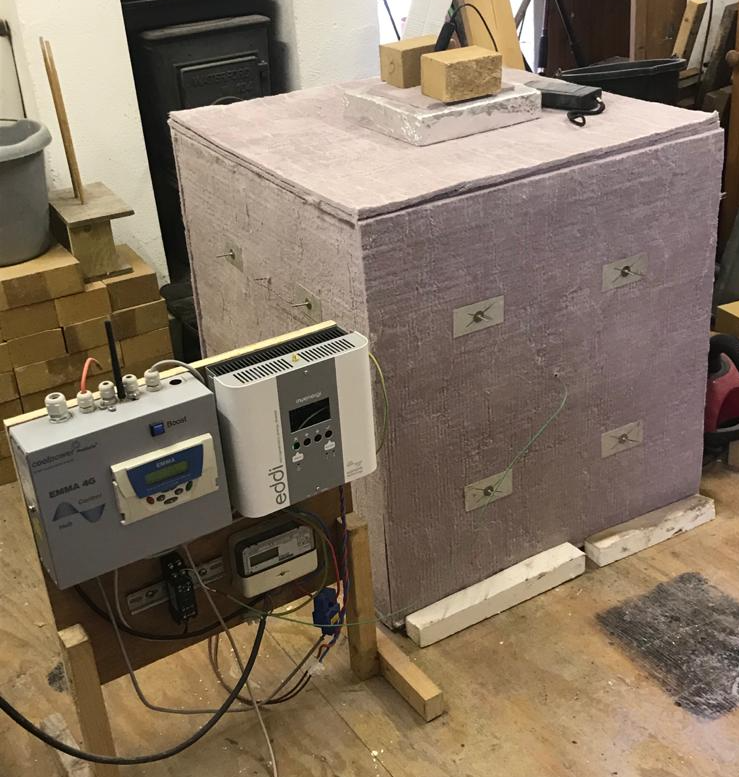TESSi
Balance
One of the greatest challenges when using energy generated by a PV system is how best to store and manage the fluctuating levels of energy available. It is always optimal, when installing a PV system, to first evaluate the needs and demands of the building to which the energy will be supplied. When are there spikes of energy consumption? When are there relatively low levels of electricity required? Balancing these needs against the naturally fluctuating levels of electricity generated by the sun, is one of the greatest challenges faced by the PV industry.
In a domestic building or home, a cooker or stovetop produces some of the most demanding spikes in electricity consumption. Generally used several times daily, year round, high levels of electricity are required to heat ovens and hobs for cooking food and boiling water. In order to meet this challenge, we decided to investigate a possibility - what if we designed a cooker that could actually retain and store energy?
The Cooker
We are currently working on a prototype cooker that is built with an extremely high temperature core, which is heated using electricity from a PV system. This core is made up of a very high temperature element manufactured by Kanthal and is surrounded by fire bricks and high temperature ceramic fibre insulation. The core is then super insulated, using an extremely effective insulating material, so that this high energy is stored at an almost constant temperature. Energy from the store can then be released to a hot plate or oven, for almost instant high temperature cooking. The amount of energy released can carefully control the temperature produced at these cooking points.
The beauty of this system is that the core will remain hot during night-time hours or periods of low PV supply and can then be topped up during daytime, high PV supply periods. If necessary, during prolonged periods of low PV supply, the core could be topped up using grid electricity at low cost night-time hours. The core can, in fact, be heated at any time when surplus or low cost energy is available - at varying rates that exactly match the surplus or low cost electricity available. In our prototype, the electricity supply is being controlled by a MyEnergi Eddi unit.
We believe that this method of cooking could dramatically reduce the spikes of electricity demand in a domestic building or home being supplied by a PV system. Please check out our blog called Green Dining here for further details of how we are transforming this idea from theory to reality.
The project continues
We have been continuing work on the cooker and learning a huge amount as it develops. We have been experimenting with the graphite stovetop ring and tinkering with the different levels of conductivity between the hot bricks surrounding the core and the graphite disc that will be used for boiling/simmering. We have also learned a lot about the transfer of heat from the core to the oven through the heat transfer panel.
Perhaps most interesting of all, we have been cooking! Some of the most interesting data we have recorded is that which shows how little heat is lost from the core when using the oven or the stove top - demonstrating a very high level of efficiency in the unit and the potential for use as a low-cost long-life domestic energy storage device. Several prototypes have been developed and installed in domestic homes around Ireland.
















